Robert Rauschenberg at Tate Modern
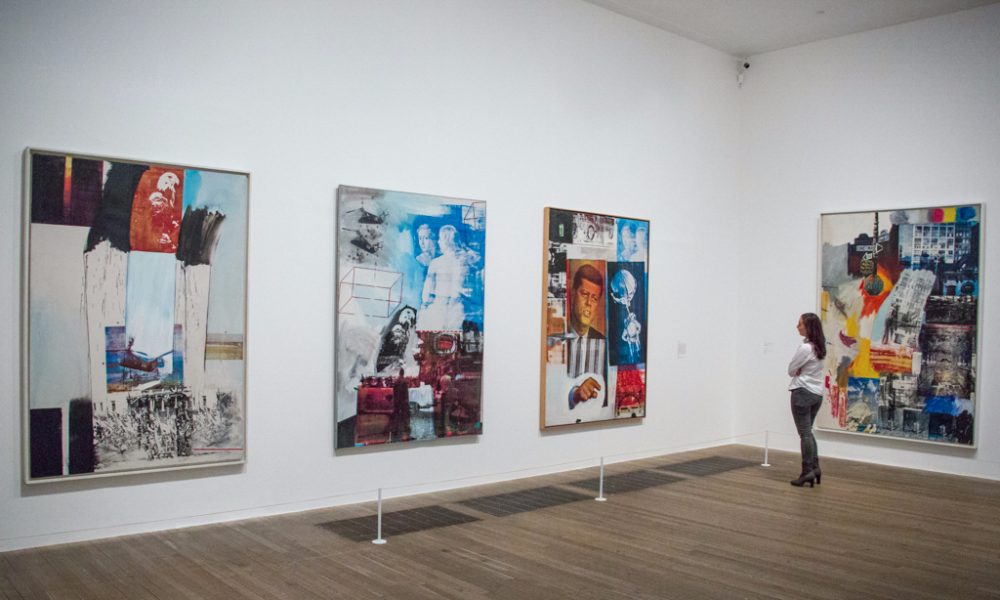
“Tracey Emin’s bed would not have been unmade nor Damien Hirst’s sheep immersed in formaldehyde if it weren’t for Robert Rauschenberg,” is the bold introduction to a retrospective of the artist’s work at the Tate Modern, suggesting just how pervasive his influence has been on modern art as we know it today.
Expertly curated and lovingly displayed, the first comprehensive posthumous survey of Robert Rauschenberg’s (1925-2008) work, takes viewers from the black and white photographs, sketchings and tyre treads that marked the first formulations of the artist’s ideas at Black Mountain College, to end on their culmination in the gigantic, colourful inkjet paintings that plunged his art defiantly into the 21st century. Challenging the idea of originality and resisting a nostalgia for his own work, the exhibition demonstrates how it evolved constantly as a result, each room greeting visitors with new innovations, collaborations and combinations more surprising than those that came before. It’s a journey through six decades of brave and fun-loving experimentation with the concept of art itself.
Rauschenberg’s disregard for convention bred concepts that have become hallmarks of abstract and modern art: unmaking a drawing in Erased de Kooning Drawing (1953), painting over his pillow and a quilt to make Bed (1955) and placing a tyre round a stuffed angora goat to form Monogram (1955-59). The selected pieces show how he dissolved boundaries between 3D and 2D, exploring the very fabric of what makes up the world we see: hybridising sculpture and painting in his Combines (1954), featuring iconic mass media images, such as an assassinated JF Kennedy in Retroactive II (1964), in his silkscreen prints, and using transfer drawings to create wild depictions of the 34 cantos of Dante’s Inferno (1958). Scattered projections and monitors display how he radically brought performance and static art together, screening contemporary dancers interacting with an art piece in Minutiae (1954) and Rauschenberg rollerskating with a parachute on his back in Pelican (1963).
The latter part of the exhibition emphasises the artist’s embracing of technology, working with engineers to explore what he saw as an “adventure of the modern world”. Mud Muse (1968-71), containing 1,000 gallons of bubbling Bentonite clay mixed with water, is a vast, swamp-like incarnation of paradoxically complex technology while Oracle (1962-5), a five-part found-metal assemblage, is an imposing physical embodiment of his interest in object and action. However, pieces such as Cardboards 1971-2, the Gluts series (1986-9, 1991-4) of discarded gas station signs and car parts reflecting the collapse of the American oil industry, and his studies of life in Cuba, Tibet, China and Chile in the late 80s show a more bleak view of modernisation through globalisation.
Final dreamlike photographic montages such as Mirthday Man (1997), combining x-rays, travel snaps and media clippings, demonstrate an unrelenting commitment to reflecting the world and round off an astoundingly rich, immersive exhibition that shows art as lived and breathed by a master of its possibilities.
Sarah Bradbury
Photos: Erol Birsen
Robert Rauschenberg is at Tate Modern from 1st December 2016 until 2nd April 2017, for further information or to book visit here.

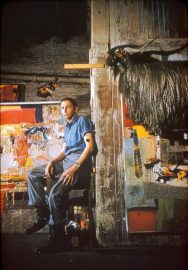
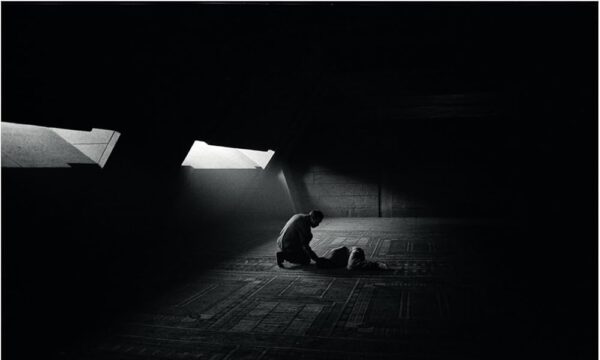
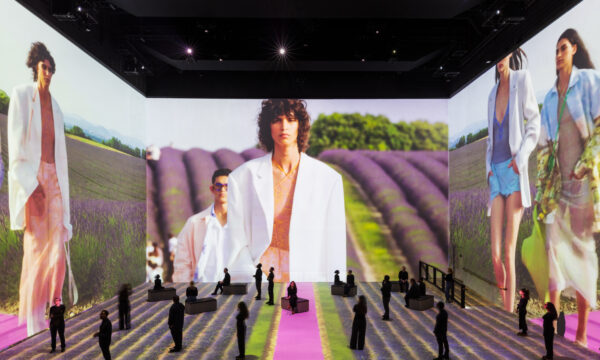
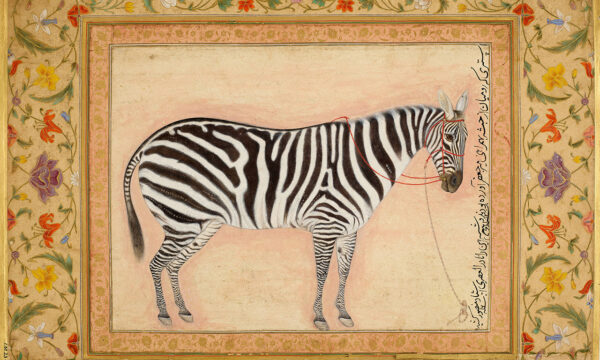
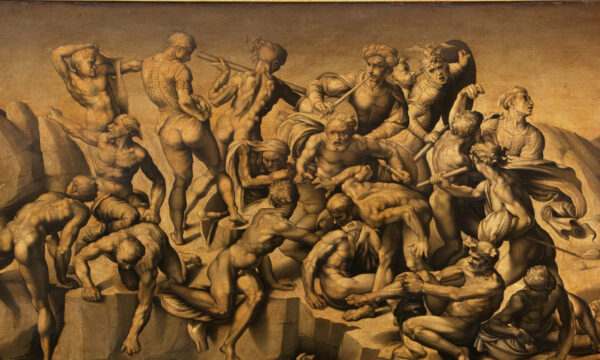
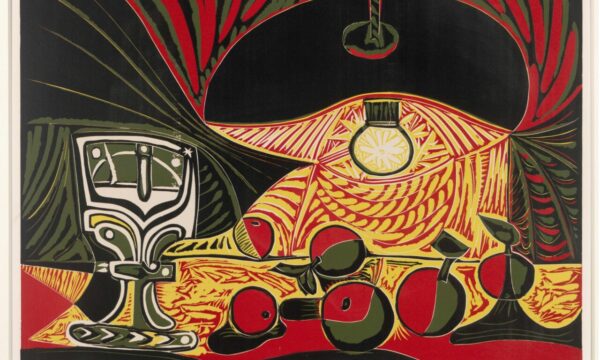
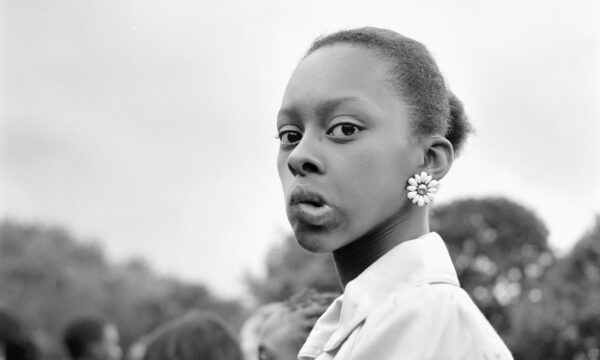
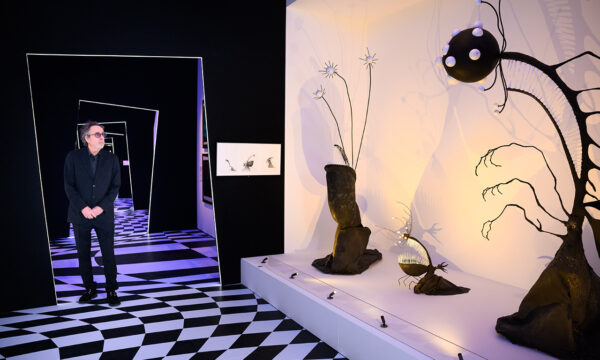
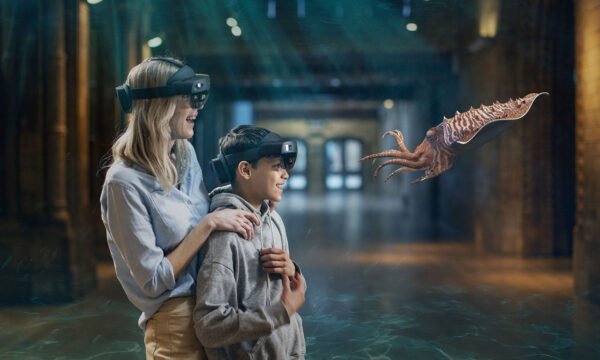
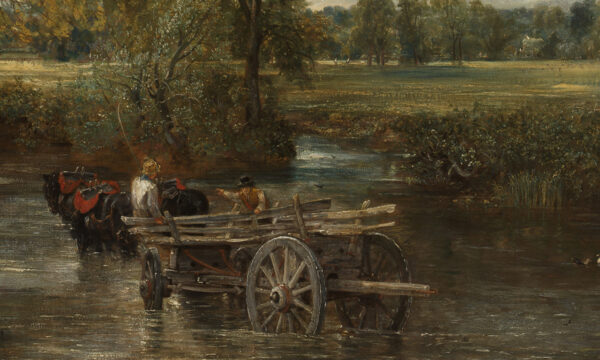

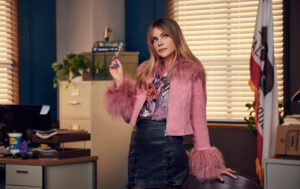








Facebook
Twitter
Instagram
YouTube
RSS